“Take the express.“
We heard that advice often in our younger days when traveling by train from the Jersey Shore to Manhattan. It would get us to New York City quicker and bypass a lot of the small-town stops along the route. Similarly, when we vacationed by jet we sought out flights that were non-stop to avoid time-eating layovers. It’s no wonder that when we began to travel by RV, we would discover “express touring” to get to our destination quickly. Like your family vacation in the station wagon, “making great time” is a trademark of RV Express Touring.
Typically, Express Touring involves long days of driving to cover a lot of territory. Like an express train, the idea is to arrive at your destination in the shortest time possible. But once we had been RVing for a while, we saw the advantage of relaxing our travel pace. We wanted to stop and see the small towns, the lesser-known places, the destinations that were undiscovered by tourists. And we did, slowing down our travel pace with multi-day stopovers in small towns around the country.
But that idea of “express” – of getting to a special destination quickly – stayed with us. Now almost four years into our RV traveling, we’ve learned how to get to our main destination in a reasonable amount of time without losing the sense of adventure and more enjoyable pace of RV travel. Now, we take a relaxed approach to Express Touring. We slow down the driving pace, stop more frequently, and find attractions to see along our route.
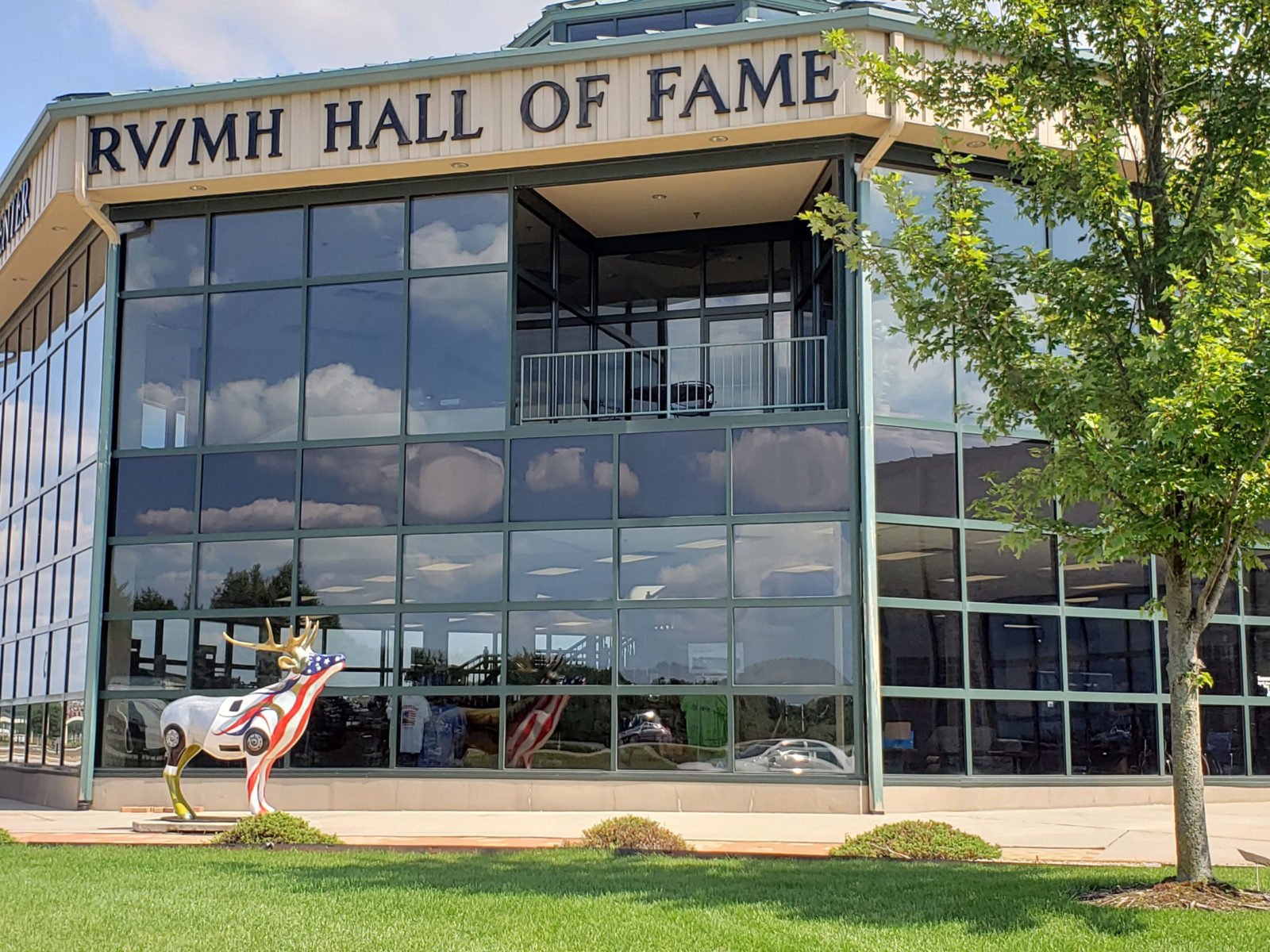
Instead of driving long hours each day to cover ground, we limit our daily driving to three or four hours and make a lot of one-night stops. We don’t tarry long in any stop and often spend the afternoon and evening of our arrival day seeing what an area has to offer, then we depart the very next day. We almost always start the day early and arrive in the campground by 2 or 3 pm. That gives us enough time to see the area, set up camp in daylight, and have dinner. Alternatively, we may do our sightseeing on the morning of our departure if we have arrived at camp late in the day.
Shaping an itinerary like this includes a lot of fun with very little “downtime.” Instead of focusing on just the main destination, we treat each stop as a mini-tour of its own. Using tourism websites, we can choose interesting stops along our route that line up with our 250-mile travel day. You’d be surprised at what small towns and rural places have to offer a one-night visitor – perhaps not a lot to see, but enough for a quick visit. For instance, on our trip west we drove through Kansas and stopped for a night in Goodland. Set among farms, there didn’t appear to be much around our campground other than the small town. But just down the road was an 80-foot-tall easel with a huge painted replica of Van Gogh’s “Vase with Five Sunflowers.” Not something you see every day, and it made a fun addition to our photo album!

In this travel format, major destinations don’t hold us long either. Typically, we spend three-five days at any one major destination, and usually that will include multiple day-trips to nearby attractions, sights, or activities. The amount of time we will spend in a destination depends on what we choose to see and do in that area. A place like Yellowstone National Park is an adventure in itself and could take days to explore. But we found the surrounding area outside the Park is rich in activities and attractions. So, instead of just camping in one place and spending all of our time in the Park, we chose two base camps.
Our first camp was in Livingston, Montana, about a 30-minute drive from Yellowstone’s north entrance. A River Runs Through It was filmed in this area, so we enjoyed taking in the scenery and exploring the Yellowstone River. Since we were not in the “tourist area” around Yellowstone, the campground was peaceful and less expensive than those near the Park entrance. We drove to the Park’s north entrance and spent a full day taking a guided tour of Yellowstone, and then headed back to our non-tourist-crazy campground. (We were there in August, which meant very crowded conditions at the Park – I recommend visiting in September!)
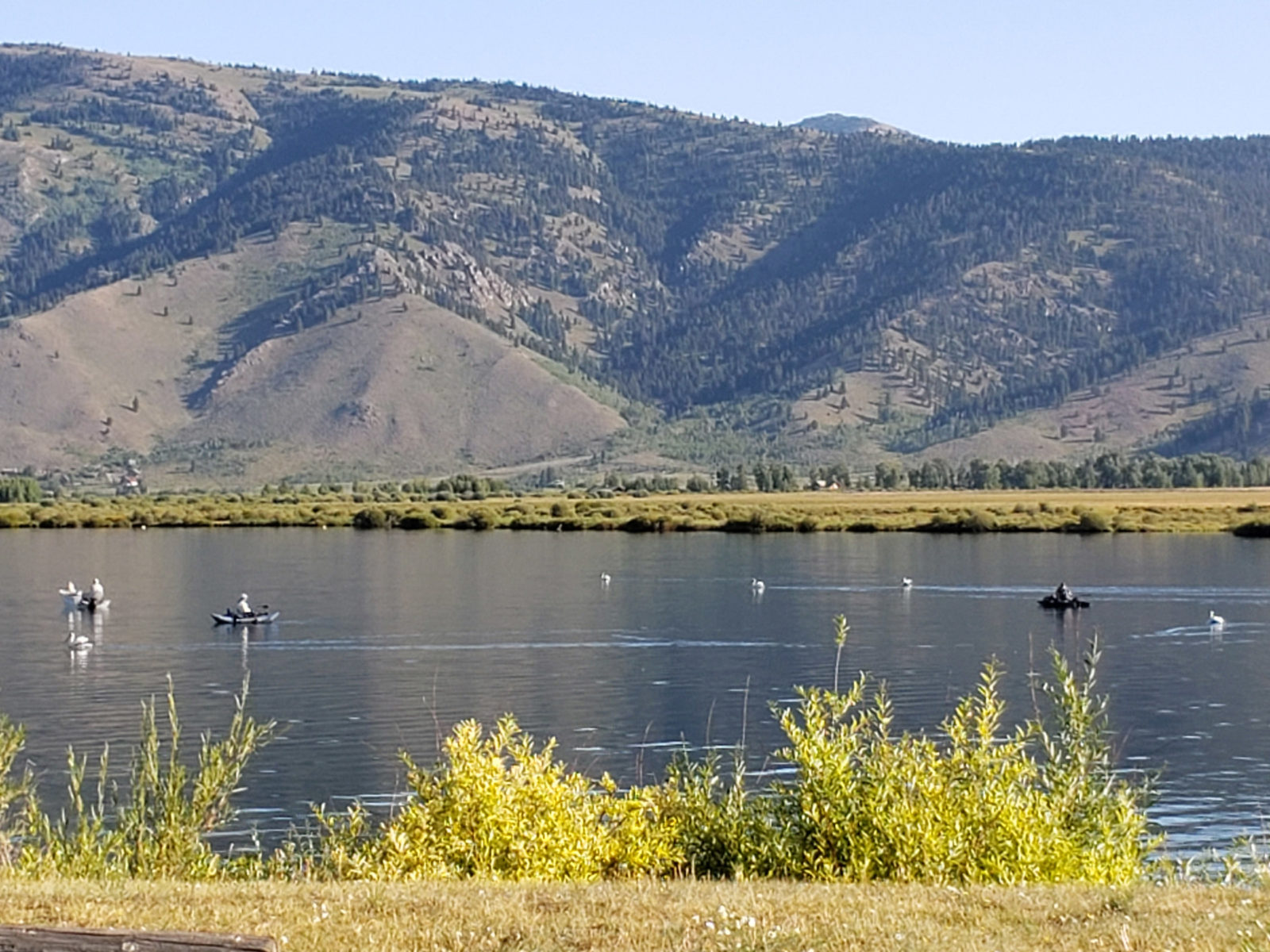
Our second base camp found us on Henrys Lake in Idaho. The state park campground is just 15 minutes from the west entrance to Yellowstone National Park, allowing us to easily visit the Park again. And that location was a great launching pad for taking a fly fishing lesson, visiting Mesa Falls and Big Springs, exploring the Harriman Railroad Ranch, and driving along the “Rocky Mountain Fly Highway” (I know you fly fishermen are jealous!). Yellowstone was spectacular and we thoroughly enjoyed our visits there, but exploring the whole area made the trip just that much more exciting. That’s one reason Relaxed Express Touring works well for a long-distance trip – it maximizes what you can see en route.
Planning a Relaxed Express Tour is not difficult. We allocate the number of days needed to reach a major destination, and then determine what there is to see along the way. Then we choose attractions or sights that line up with our overnight stops. We plan three or four one-night stays in a row and then throw in a two-night stay to rest up, do laundry, or see more of the local color. The trip takes longer than a typical Express Tour, but you get to see so much more.
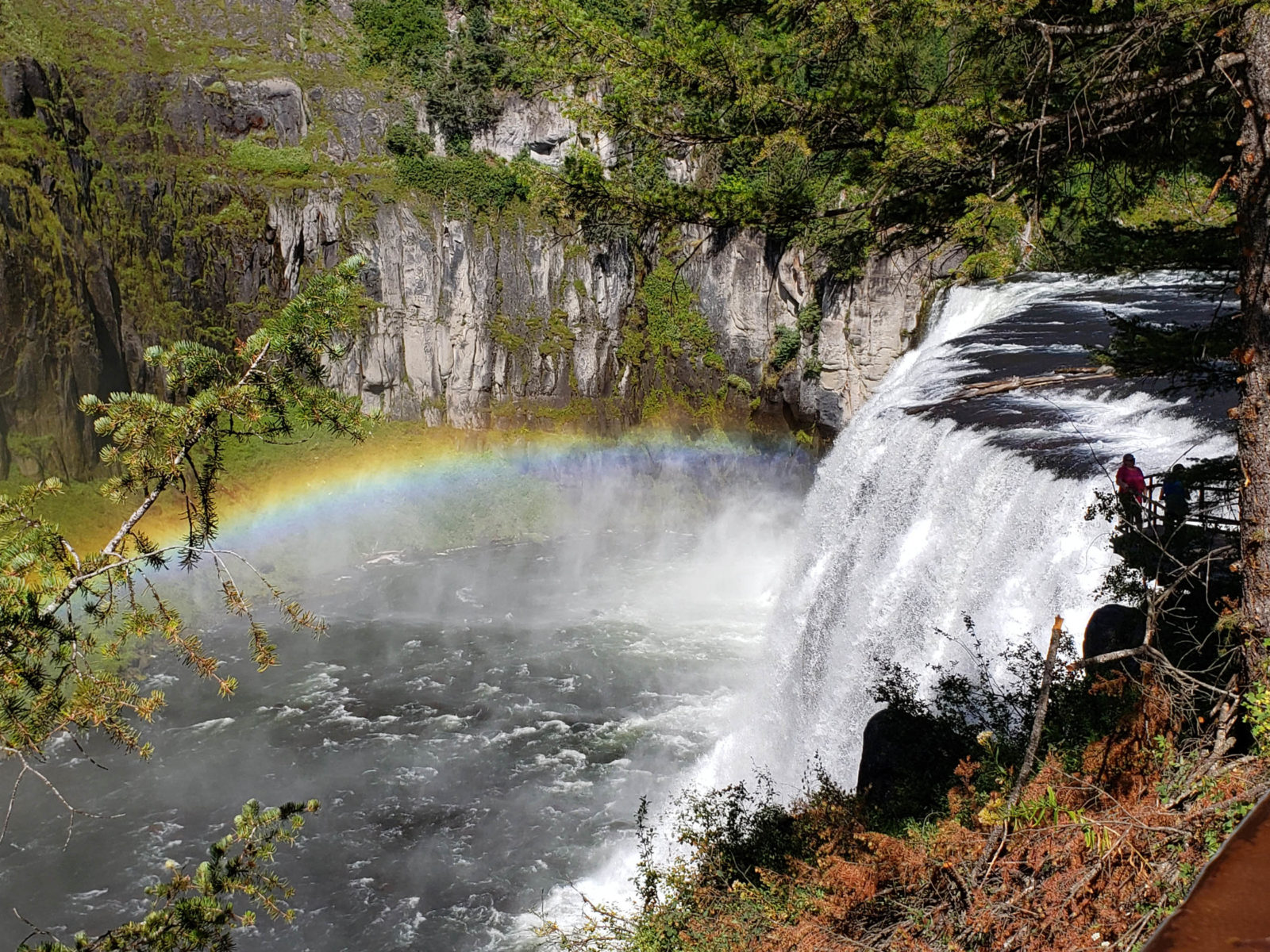
In mapping out our latest trip from Atlanta to Yellowstone National Park, we wanted to make the most of our eight-week trek. It had to include a visit with our youngest daughter (and our new grandson!) in Baltimore, so we actually headed north and east before heading west. We ended the trip the same way, taking a different route but including Baltimore on the way home.
There was a lot of ground to cover, and we decided to see places “in-between” that either had some attraction for us or would give us a glimpse of areas we had never before considered. Television programs taped in Le Claire, Iowa (American Pickers) and Roanoke, Virginia (Salvage Dawgs), and a movie location in Livingston, Montana (A River Runs Through It) made it fun to incorporate those stops into the trip. Paying homage to our musical heroes at the Rock and Roll Hall of Fame in Cleveland, a quick visit to the RV Museum and Hall of Fame near Elkhart, Indiana, and a concert at Red Rocks Amphitheater near Denver, Colorado added to our sightseeing agenda. We also caught a few professional baseball games along the way as well as a tour of the Louisville Slugger Museum & Factory, to reward Jim for his patience with the Celestial Seasons Tea Factory, the Maritime Museum, and yet another art gallery on my list.
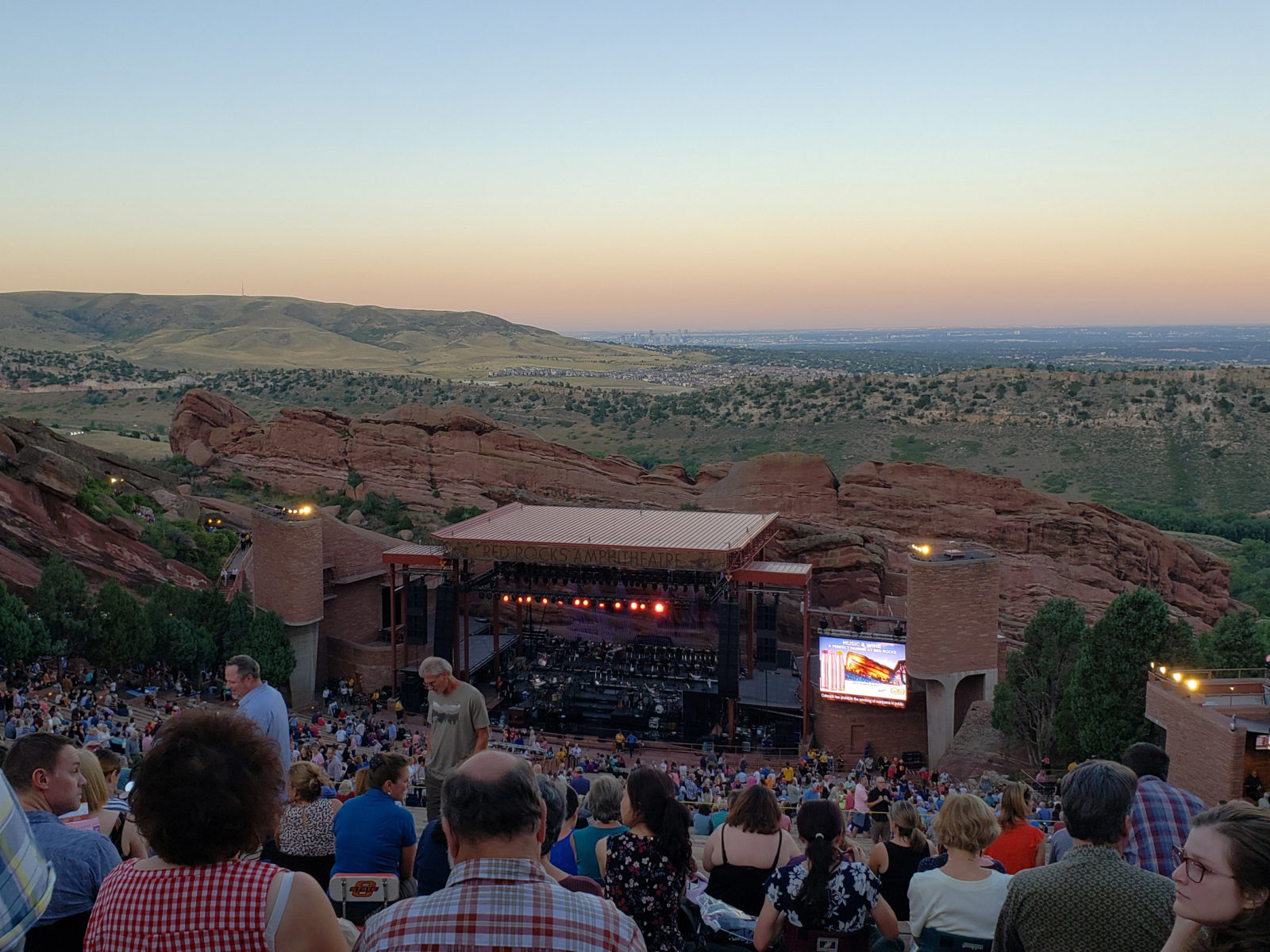
Even with all the planning of stops, Relaxed Express Touring doesn’t mean a set-in-stone itinerary – in fact, quite the contrary. We fully embrace serendipity, and change our route to accommodate what we discover along the way. For instance, we bought tickets for a Chicago Cubs baseball game but had a three-day gap between the game and our previous destination. No problem! We added a side-trip to cycle around Mackinac Island and visit Sleeping Bear Dunes National Lakeshore in Michigan, which put us right back on schedule. (I say “schedule” because the few campground reservations we made were all around the national parks, so any change in our driving schedule before those reservations had to keep us on track.) There may not be a lot of downtime when you’re in Relaxed Express Touring mode, but the schedule is eminently flexible.
Of course, there are a few odd stops on any route without a particular attraction to see. In these places, we try to get a feel for the area by seeking out a local breakfast spot. A local restaurant gives us some insight into the place and people who live there. After all, it’s home to them and we are fascinated by how people came to live in a particular area. Talking to locals can also provide information on little-known sights. That was the case when we stopped in Geneseo, Illinois, near the Iowa border. The owner of the campground gave us a list of little-known historical places in the area as well as a great breakfast spot. The small town proved to be charming, and breakfast was perfect.
Although I plan an action-packed itinerary and make a few advance reservations in high-demand areas, we try to keep our reservation-making to a twice-weekly exercise to leave room for adventure and discovery. What results is an attitude of flexibility and an openness to serendipity. As far as campgrounds go, we make an effort to find family-owned parks and municipal parks. We also use KOA parks since they are typically along major roadways and have laundry facilities. We round out the overnights with state and national parks, Harvest Hosts, and RV resorts. The variety makes the travel more fun and breaks up the monotony of just one type of campground. And making a list of potential campgrounds around each planned stop makes last-minute reservations a bit easier.
So, try planning a Relaxed Express Tour for your next trip. Here are a few pointers to get you started:
- Choose your primary destination or area.
- Map out a couple of routes.
- Decide how many hours to drive each day.
- Find overnight stops that line up with your daily driving distance.
- Research attractions, sights, and activities to explore around each stop (browse state and local tourism websites for ideas).
- Make a list of potential campgrounds, Harvest Hosts, or boondocking locations near to your overnight stops.
- Make reservations for high-demand areas and for weekends, especially if you are planning to stay in state or national parks.
- Adjust your travel itinerary to include both one-night stops and at least a few two-night stops every three to four days.
- Review your itinerary to make sure it fits into your vacation time and budget.
- Get packing!
Our LTV Unity MB is the perfect vehicle for Relaxed Express Touring! Easy to drive, easy to set up camp, and simple to use, it goes from travel to camping mode in minutes. We can park almost anywhere, and our self-contained unit makes it easy to both boondock or take advantage of well-equipped campgrounds. We don’t worry about changing the itinerary on a whim – we know the great fuel mileage won’t dent the budget. The reliable Mercedes power train has no problem with 6-7% grades through the mountains, and the nimble handling takes curvy roadways or narrow city streets with ease.


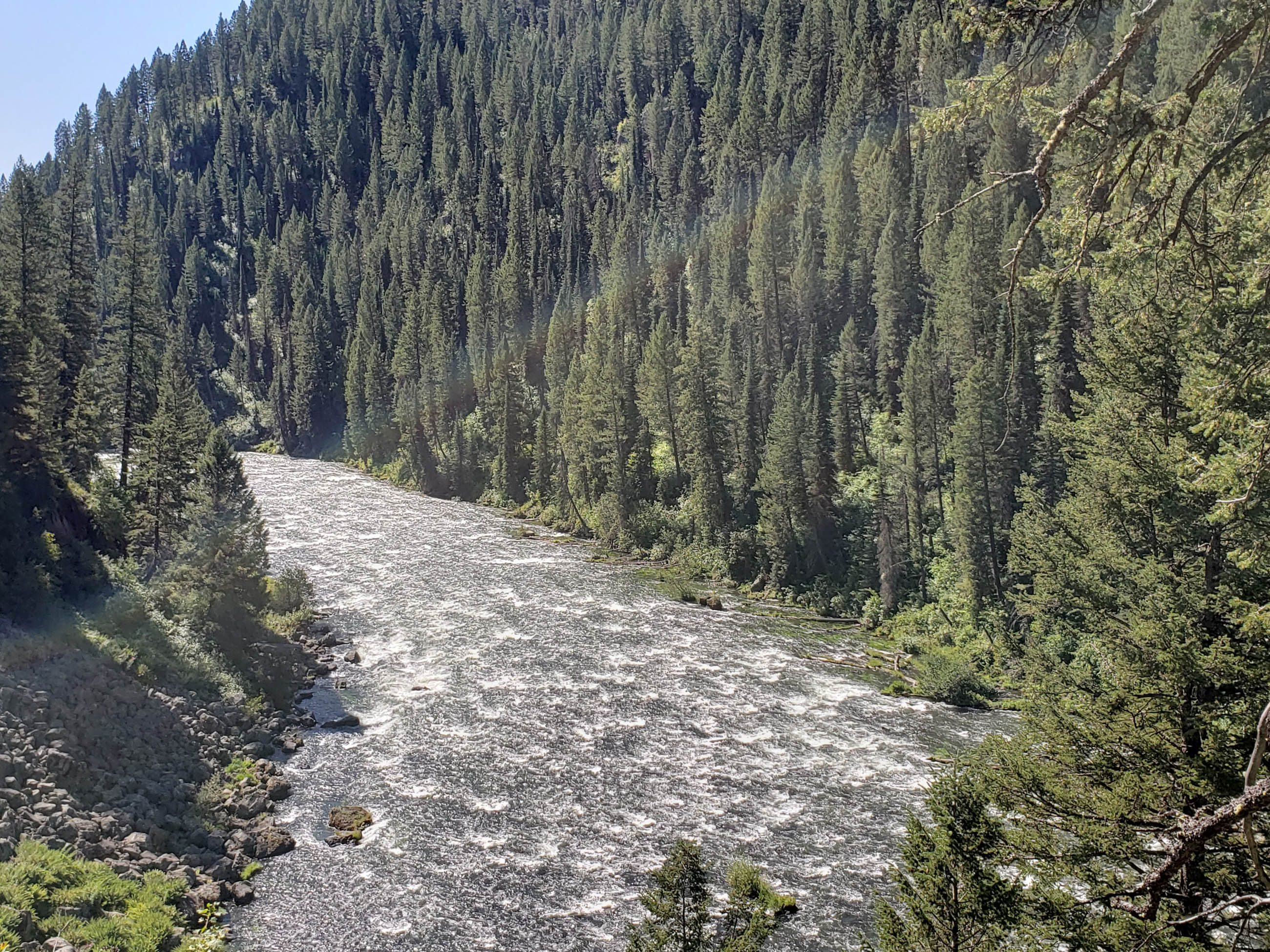
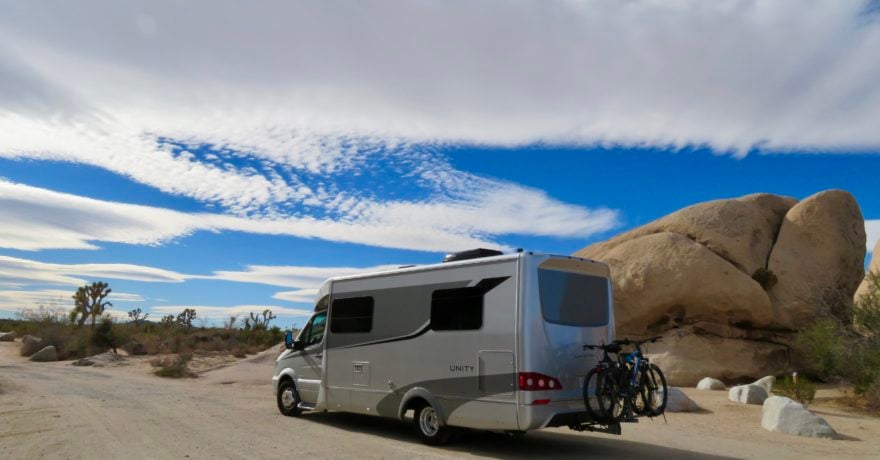


Comments